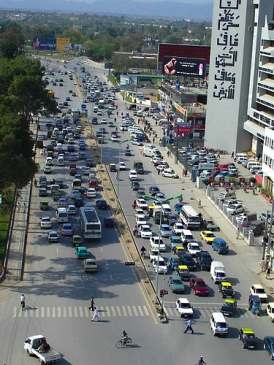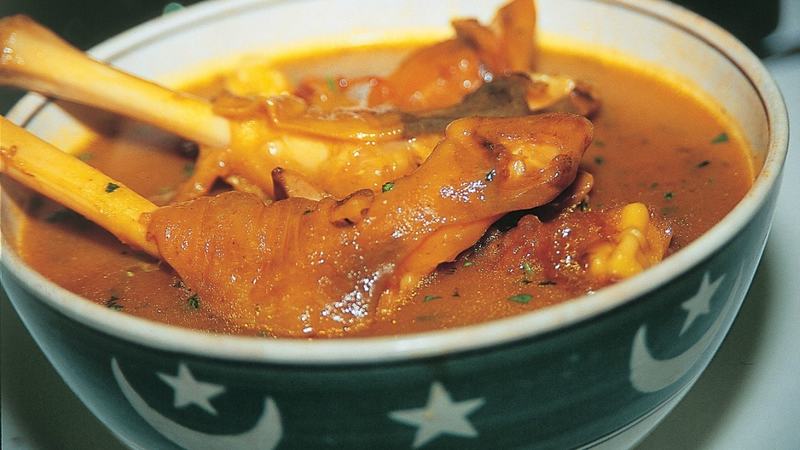Siri paya and bong paya.
At one of Pindi's oldest paya establishments, a recipe from Delhi has been passed down for generations
Once a recurring item on royal menus, siri paya and bong paya remain popular breakfast dishes all year around.
One of the oldest shops in Lal Kurti, which goes by the name of Tariq’s paya shop, still serves the best bong paya and uses the original recipe for payas that was handed down generations and travelled all the way with the family from Delhi.
People in Lal Kurti, one of the oldest residential area in the Rawalpindi Cantonment, wake up to get their paya breakfast as early as five in the morning, with the restaurant running out of payas by 7:00 am. Tariq Mehmood, the owner of the shop, opens his restaurant for just two hours each day and said his customers included famous politicians as well.
The shop does not have a proper name and is referred to by Tariq’s name.
“People have usually lined up before I open shop and we have finished within two hours,” Tariq said.
He added that his father, Abdul Manan had migrated to Rawalpindi well before partition and had started the paya shop then.
“The recipe was handed down generations and we have never shared it,” he said.
For the 30 years he has run the shop, Tariq said he has made sure the taste of the payas remained the same as it was when his father ran the shop. He added that the spices for the payas were homemade and mixed in with the heavy curry according to the traditional recipe.
“Customers keep coming back for the taste and because of how clean the restaurant is. I do not want to extend the timings because I don’t want to compromise on the quality of the food we serve,” he said.
He said most people prefer beef siri and bong paya to that of the goat due to the belief that beef was healthier.
He said he bought the meat for the dishes himself after first ensuring the animals were healthy.
“Sometimes in the winters, we run out of food in an hour and people come to take their orders right after fajr,” he added.
A resident of Lal Kurti, Attique Ahmed said his children love having bong payas on the weekends. “I have to avoid having beef and mutton because of my heart condition but I place an order for payas every weekend for my children,” he said.
He said paya gravy also helped relive flu and fever symptoms and that payas were a better option than nihari as the gravy is not thickened with flour.
A resident of Peshawar Road, Raja Mumtaz said Tariq’s shop was the best for payas and that he usually visited on the weekends.
“Payas are a great breakfast item in the winters and we usually serve the dish to guests from abroad,” he said.
He suggested coupling bong paya with a sesame seed kulcha and chilled lassi for breakfast and that he usually skipped lunch after a breakfast of payas.
“Payas can be made at home too, but the taste of payas from restaurants is so much different,” he said.


























